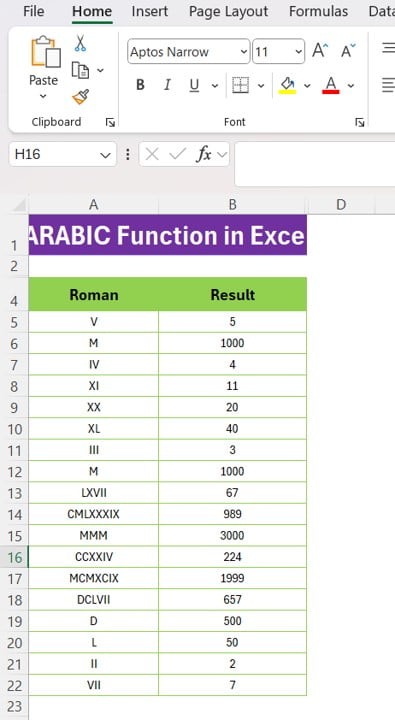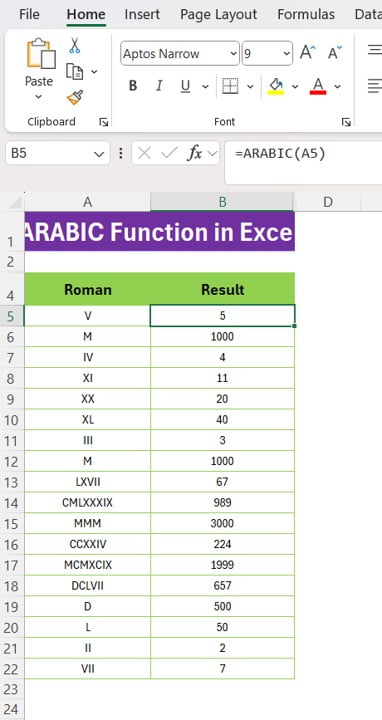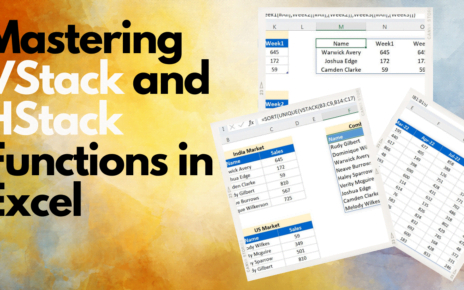If you’ve ever worked with Roman numerals in Excel, you might have wondered how to quickly convert them to their corresponding Arabic numbers. Thankfully, Excel offers a handy built-in function called the ARABIC Function in Excel makes this process a breeze! In this post, we’ll walk you through how to use the ARABIC function in Excel with easy-to-follow examples.
By the end of this guide, you’ll feel confident converting Roman numerals into Arabic numbers using just a few clicks. Let’s dive in! ARABIC Function in Excel.
What Is the ARABIC Function in Excel?
The ARABIC function is an Excel tool designed to convert Roman numerals (like “V,” “X,” or “M”) into standard Arabic numbers (such as 5, 10, or 1000). This function is especially useful if you’re dealing with large datasets that use Roman numerals for dates, names, or other categories. With just a simple formula, you can save tons of time and avoid manual conversion mistakes.

Here’s the syntax of the ARABIC function:
=ARABIC(text)
- text: This is the Roman numeral you want to convert.
- Example Dataset: Roman Numerals to Arabic Numbers
For this tutorial, we’ll use the following dataset, which includes two columns:
Column A contains Roman numerals.
Column B will hold the converted Arabic numbers.

Here’s the dataset we’ll be working with:
How to Use the ARABIC Function to Convert Roman Numerals
Let’s say you have a Roman numeral in cell A5 that you want to convert to an Arabic number. To achieve this, all you need is the following formula:
=ARABIC(A5)
Simply type this formula into cell B5, and Excel will automatically return the Arabic number equivalent of the Roman numeral in A5.
Step-by-Step Example
- Select the Cell: Click on cell B5, where you want the Arabic number to appear.
- Enter the Formula: Type =ARABIC(A5) and hit Enter.
- Drag the Formula: To apply the same formula to the rest of the rows, hover over the bottom-right corner of the selected cell (B5) until the cursor changes to a plus sign, then drag it down to fill the rest of column B.
Once completed, column B will be populated with Arabic numbers that correspond to the Roman numerals in column A.
Why Use the ARABIC Function?
Using the ARABIC function saves time and ensures accuracy when converting Roman numerals. It’s especially handy if you have:
Large datasets where manual conversion would be tedious.
Historical or financial records that use Roman numerals.
A need for quick conversions without worrying about human error.
Wrap-Up
Now that you know how easy it is to use the ARABIC function in Excel, converting Roman numerals to Arabic numbers should feel effortless! Whether you’re managing data or simply need a quick conversion for a project, this function is your go-to solution.
Don’t forget to try this in your next Excel task and see how much time you save! If you found this guide helpful, be sure to check out our YouTube video for more detailed examples and explanations.
Visit our YouTube channel to learn step-by-step video tutorials
View this post on Instagram
Click hare to download the practice file



